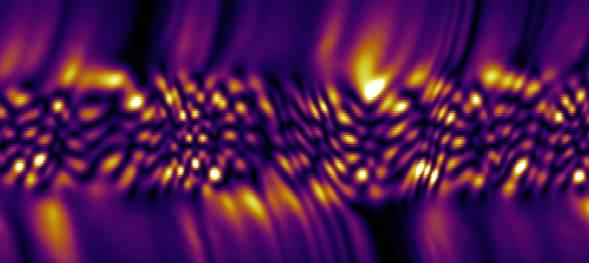
An overview of the group's research into microcavities.
Semiconductor microcavities are solid state devices that display quantum phases of strongly coupled light and matter
Microcavities are wavelength-sized optical cavities that trap light at specific wavelengths. This confinement allows photons trapped in the microcavity to strongly interact with matter, creating new quasiparticles called polaritons. Polaritons are a mixture of photons and semiconductor excitons that display different properties from either the light or matter that composes them.
Our current work concentrates on the creation and control of polariton quantum condensates.
Current Work
|
Spin symmetry breaking and lattices Using multiple laser spots to inject polaritons allows us to controllably create trapped polariton condensates. We have demonstrated how single trapped condensates display new spin dynamics with a symmetry breaking transition, and we have demonstrated our ability to controllably couple two of these trapped condensates. These are the first steps towards optically created large arrays of interacting quantum condensates.
Key papers: |
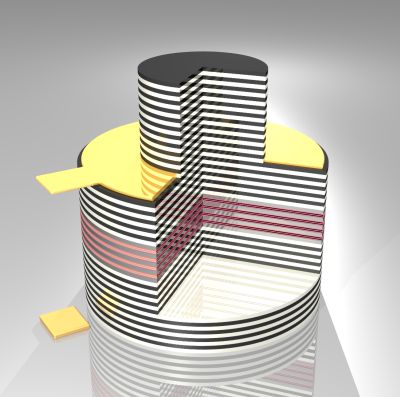 Electrical Control Electrical Control
By building semiconductor microcavities across which we can apply a voltage, polaritons can be polarised. This means that the electron and hole pairs which make them up are separated to opposite sides of the thin layers in which they are formed. This can make extremely fast electrically-controlled optical amplifiers as well as spin switches.
Key papers: |
|
Key papers:
|
Past Work
|
Key paper: Christopoulos, S. et al. Phys. Rev. Lett. 98, 126405 (2007). |
|
Key paper: Grossmann, C. et al. App. Phys. Lett. 98, 231105 (2011). |
|
Key paper: Askitopoulos, A. et al. Phys. Rev. Lett. 106, 76401 (2011). |
|
Key paper: Savvidis, P. G. et al. Phys. Rev. Lett. 84, 1547 (2000). |


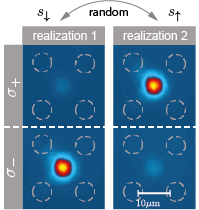
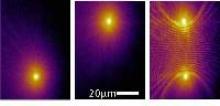 Polariton condensate locking and trapping
Polariton condensate locking and trapping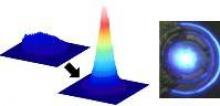 Room temperature polariton condensates
Room temperature polariton condensates Room temperature polariton MEMS
Room temperature polariton MEMS Optically-spaced quantum wells
Optically-spaced quantum wells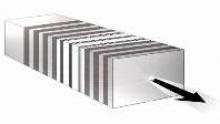 Stimulated scattering
Stimulated scattering